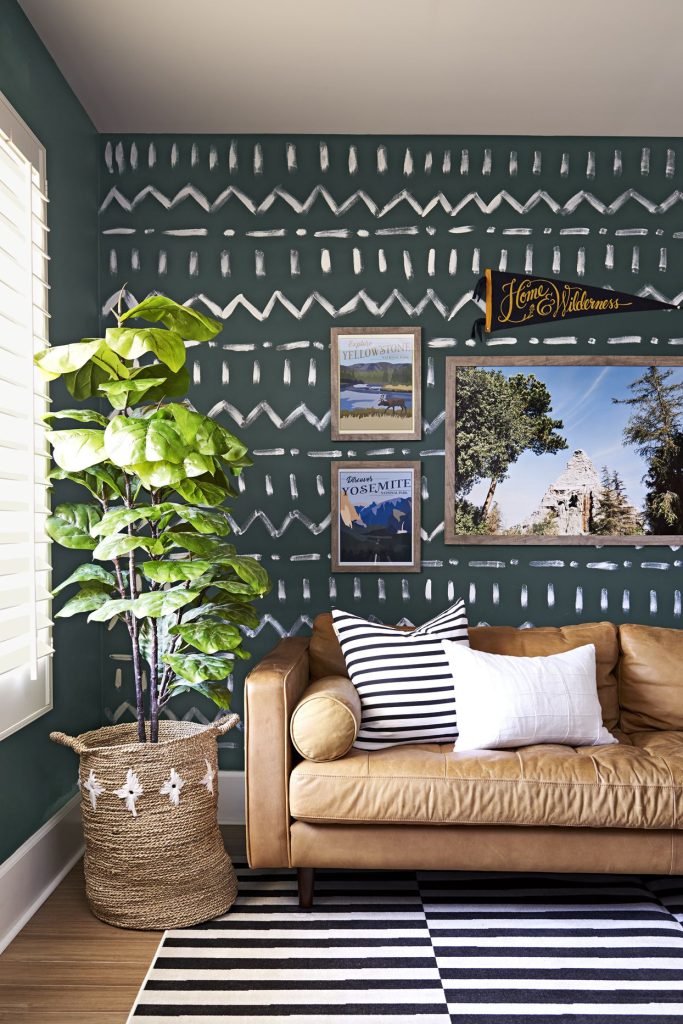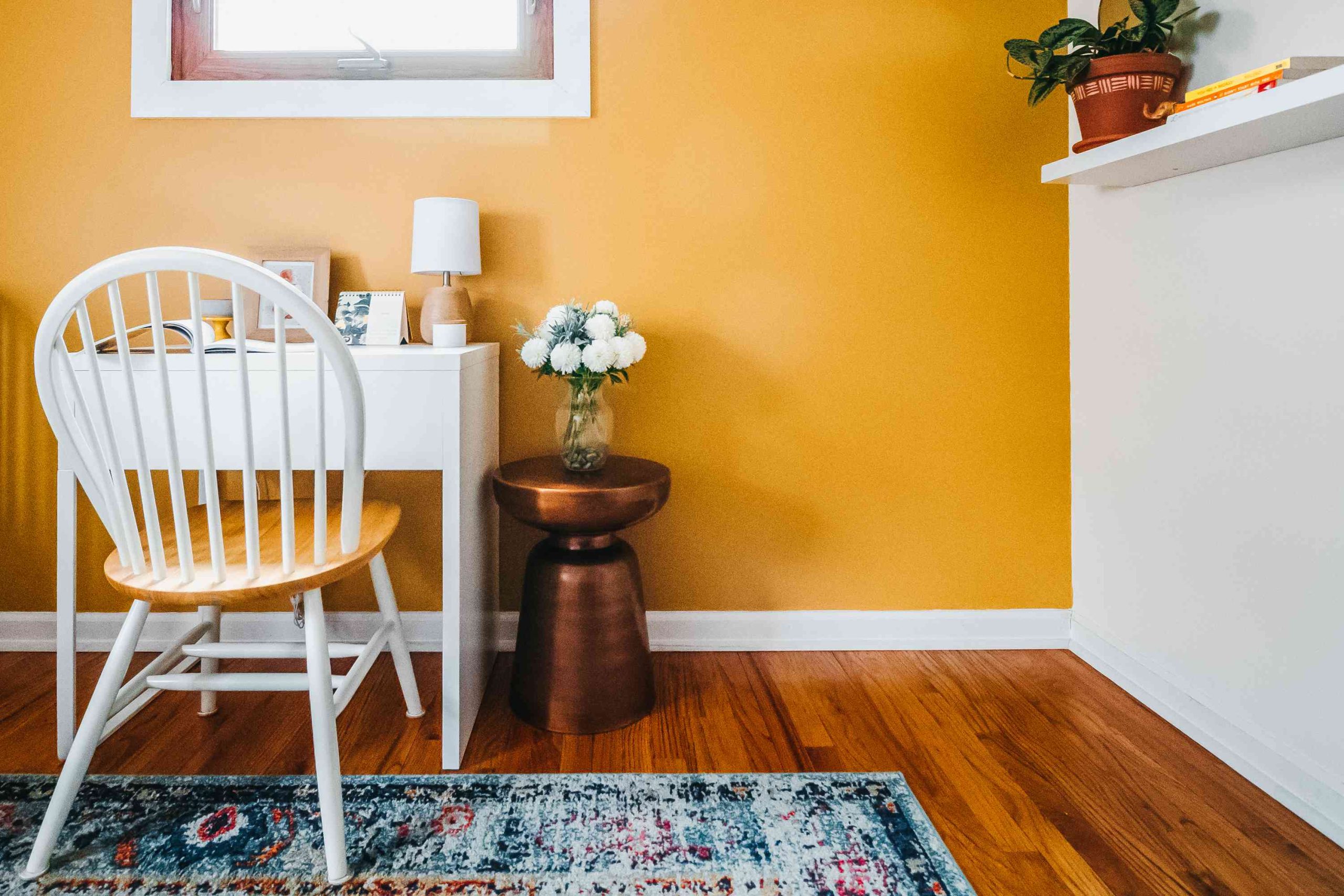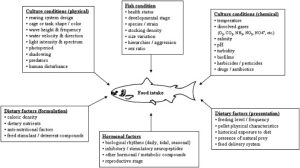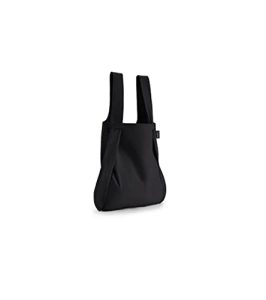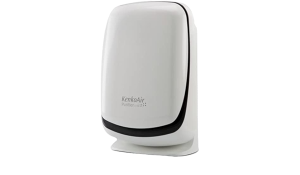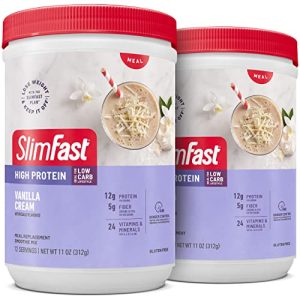Contents
- Choosing the Best Paint for Your DIY Projects
- Understanding the Different Types of Paint
- Considering the Surface to be Painted
- Determining the Paint Finish
- Evaluating Durability and Longevity
- Assessing Environmental Impact
- Factoring in Budget and Cost
- Exploring Color Options
- Considering Specialized Paints
- Examining VOC and Odor
- Researching Brand and Quality
Looking to tackle some DIY projects around the house? One key decision you’ll need to make is choosing the right paint. With so many options available, it can be overwhelming to know where to start. In this article, we’ll guide you through the process of selecting the best paint for your DIY projects, helping you achieve professional-looking results without breaking the bank. Whether you’re painting walls, furniture, or cabinets, we’ve got you covered with all the information you need to make an informed decision on the perfect paint for your next project.
Choosing the Best Paint for Your DIY Projects
When embarking on a DIY painting project, choosing the right type of paint is crucial for achieving a professional-looking finish. With numerous options available in the market, it can be overwhelming to make the right choice. In this comprehensive guide, we will explore various factors to consider when selecting the best paint for your DIY projects, ensuring that you make an informed decision that suits your specific needs and preferences.
Understanding the Different Types of Paint
Before diving into the specifics, it is essential to understand the different types of paint available. This knowledge will help you narrow down your options and select the most suitable paint for your project.
Latex Paint
Latex paint, often referred to as water-based paint, is the most commonly used type of paint for both interior and exterior applications. It is known for its quick drying time, easy cleanup with water, and low odor. Latex paint is available in various finishes, from flat to gloss, offering versatility for different surfaces. It is generally more environmentally friendly, with fewer volatile organic compounds (VOCs) compared to other paint types.
Oil-Based Paint
Oil-based paint, also known as alkyd paint, is renowned for its durability and smooth finish. It is typically used for woodwork, trim, and metal surfaces due to its excellent adhesion properties. Oil-based paint takes longer to dry but provides a hard, durable finish that is resistant to moisture, stains, and wear. However, it is important to note that oil-based paints emit higher levels of VOCs and require mineral spirits for cleanup.
Acrylic Paint
Acrylic paint is a versatile option that combines the properties of both latex and oil-based paint. It dries quickly, can be cleaned up with water, and offers excellent adhesion and durability. Acrylic paint is commonly used for both interior and exterior surfaces and comes in a wide range of finishes. It is an ideal choice for walls, ceilings, and furniture, providing a smooth and even coverage.
Now that you have a better understanding of the different types of paint available, let’s explore other crucial factors to consider when choosing the best paint for your DIY project.
Considering the Surface to be Painted
The surface that you plan to paint plays a significant role in determining the type of paint you should use. Different surfaces require specific paint formulations to ensure optimal adhesion and durability. Here are some common surfaces and the corresponding paint recommendations:
Interior Walls
For interior walls, latex paint is the go-to choice due to its versatility, ease of application, and quick drying time. It provides a smooth and even finish, allowing you to achieve a professional look. Depending on your preference, you can choose from a range of finishes, such as flat, eggshell, satin, or semi-gloss, to suit your desired aesthetic and functional requirements.
Exterior Walls
When it comes to painting exterior walls, it is crucial to select a paint that can withstand the elements and protect your surfaces from moisture, UV rays, and other environmental factors. Acrylic paint or latex paint with an acrylic binder is recommended for exterior applications. These paints provide excellent durability, adhesion, and resistance to fading, cracking, and peeling.
Ceilings
Ceilings are often painted with a flat or matte finish to minimize glare and create a uniform appearance. Flat finish paints are ideal for ceilings as they help conceal imperfections and provide a smooth, non-reflective surface. Latex paint is preferred for ceilings due to its easy cleanup and low odor.
Trim and Woodwork
Trim and woodwork require a paint that provides a durable and smooth finish. Oil-based paints are typically recommended for these surfaces due to their superior adhesion and resistance to wear and stains. However, if you prefer a water-based option, choose a high-quality latex paint with an enamel or semi-gloss finish for enhanced durability.
Furniture
When painting furniture, it is essential to choose a paint that can withstand daily use and potential wear and tear. Latex or acrylic paint with a satin or semi-gloss finish is ideal for furniture, providing both durability and aesthetic appeal. Consider using a primer coat before applying the paint for improved adhesion and to ensure an even finish.
Metal Surfaces
Metal surfaces can be challenging to paint due to their smooth and non-porous nature. To ensure proper adhesion and longevity, it is recommended to use an oil-based paint or a specialized metal paint specifically formulated for metal surfaces. These paints offer excellent corrosion resistance and adhesion, protecting your metal surfaces from rust and weathering.
Concrete and Masonry
Painting concrete and masonry surfaces require paints that offer excellent adhesion, durability, and resistance to moisture and stains. Acrylic or latex-based paints designed for these surfaces are the preferred choice. They provide a protective barrier while allowing the surface to breathe, preventing peeling or cracking.
By considering the specific surface you plan to paint, you can narrow down your options and choose the paint that will deliver the best results.
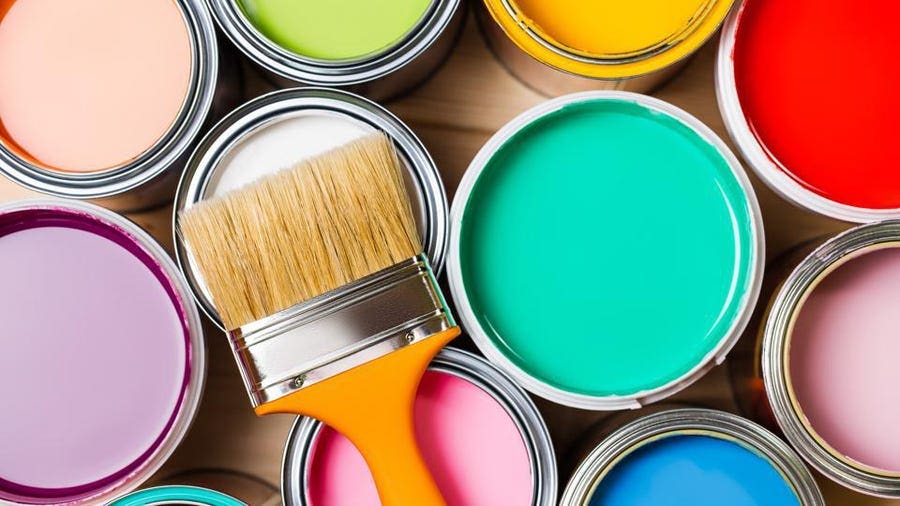
Determining the Paint Finish
In addition to choosing the right type of paint, selecting the appropriate finish is crucial for achieving the desired look and functional properties. Paint finishes, also referred to as sheens, vary in their level of glossiness and smoothness. Here are some common paint finishes and their recommended applications:
Flat Finish
Flat finish paints have the lowest level of glossiness and are ideal for surfaces that require minimal reflection or hiding imperfections. They provide a smooth, matte appearance and are commonly used for ceilings and walls in low-traffic areas.
Eggshell Finish
Eggshell finish paints have a slight sheen that adds a touch of elegance while still providing a smooth appearance. They are well-suited for interior walls, especially in areas where occasional cleaning is required, such as living rooms or bedrooms.
Satin Finish
Satin finish paints have a soft, velvety sheen that offers a balance between durability and aesthetics. They are commonly used for high-traffic areas, such as hallways, kitchens, and bathrooms, as they are more resistant to scrubbing and stains.
Semi-Gloss Finish
Semi-gloss finish paints have a noticeable sheen and provide a smooth, reflective surface. They offer increased durability and are highly resistant to moisture, making them suitable for trim, woodwork, and kitchen cabinets.
Gloss Finish
Gloss finish paints have the highest level of sheen and deliver a sleek, shiny appearance. They are widely used for surfaces that require maximum durability and a high level of resistance to moisture and stains, such as doors, windows, and metal surfaces.
Consider the aesthetics, maintenance requirements, and durability of the surface when choosing the paint finish, as it can significantly impact the overall look and longevity of your DIY project.
Evaluating Durability and Longevity
Durability and longevity are vital considerations when selecting paint for your DIY projects. Here are some factors to assess:
Scrubbability
If you anticipate the need for frequent cleaning, such as in kitchens or bathrooms, choose a paint that offers high scrubbability. Certain finishes, like semi-gloss or satin, are more resistant to scrubbing without damaging the paint surface.
Stain Resistance
For areas prone to spills or stains, opt for paints that provide excellent stain resistance. These paints repel common substances like coffee, wine, and ink, making them easier to clean and maintain.
Fade Resistance
When painting exterior surfaces or rooms with prolonged exposure to sunlight, ensure that the paint you choose has adequate fade resistance. This quality will help prevent the colors from dulling or fading over time.
Crack and Peel Resistance
Ensure that the paint you select has good adhesion properties and is resistant to cracking, peeling, and blistering. This resistance is particularly important for surfaces exposed to temperature changes, humidity, or moisture, which can cause paint to deteriorate.
Mildew and Mold Resistance
In areas with high humidity or moisture, such as bathrooms or basements, it is essential to choose paint that offers resistance to mildew and mold growth. These paints contain special additives that inhibit the growth of these unsightly and potentially harmful contaminants.
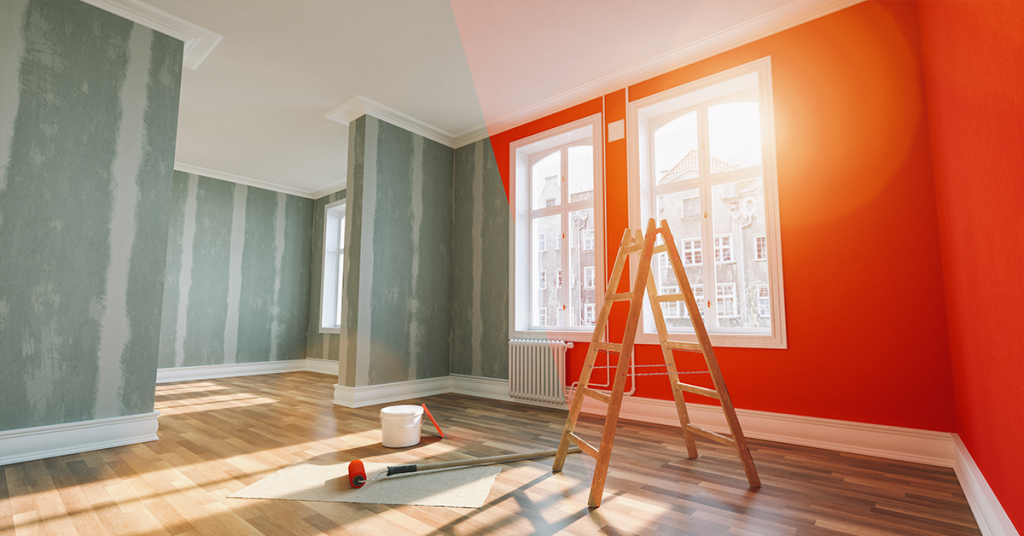
Assessing Environmental Impact
With increasing awareness of environmental sustainability, considering the environmental impact of your paint choice is crucial. Here are some eco-friendly options to consider:
Low or Zero VOC Paint
Volatile Organic Compounds (VOCs) are chemicals released as paint dries, contributing to indoor air pollution and potential health issues. To minimize the impact, opt for low or zero VOC paint, which has reduced levels of these harmful chemicals. These paints are odorless, environmentally friendly, and promote healthier indoor air quality.
Water-Based Paint
Water-based paints are an eco-friendly alternative to oil-based paints as they have lower VOC levels, are easier to clean up with water, and have a faster drying time. They are suitable for both interior and exterior applications and provide a similar finish to traditional oil-based paints.
Eco-Friendly and Sustainable Paint
Several paint manufacturers offer eco-friendly and sustainable paint options made from recycled or renewable materials. These paints often have certifications or labels indicating their environmental friendliness. Consider these options if you aim to minimize your carbon footprint and support sustainable practices.
By opting for environmentally friendly paint choices, you can contribute to protecting the environment and reducing your exposure to harmful chemicals.
Factoring in Budget and Cost
Budget considerations play a significant role in any DIY project. While it may be tempting to choose the most affordable paint option, it is essential to balance cost with quality. Here are some factors to consider when evaluating the budget and cost of your paint choice:
Price per Gallon
Compare the prices of different paint brands and types to determine the price per gallon. Keep in mind that higher-quality paints may be more expensive initially but can provide better coverage and durability, ultimately saving you money on additional coats or touch-ups.
Coverage and Paint Efficiency
Check the coverage information provided by the paint manufacturer to estimate how much paint you will need for your project. Paints with higher coverage rates will require fewer gallons, potentially reducing costs. Additionally, consider the paint’s efficiency, as paints that require multiple coats may increase your overall expenses.
Additional Cost for Primers and Sealants
Certain surfaces, such as bare wood or porous materials, may require a primer or sealant before applying the paint. Factor in the cost of these additional products when finalizing your budget.
By carefully evaluating your budget and cost considerations, you can find a paint that offers the right balance of affordability and quality for your DIY project.
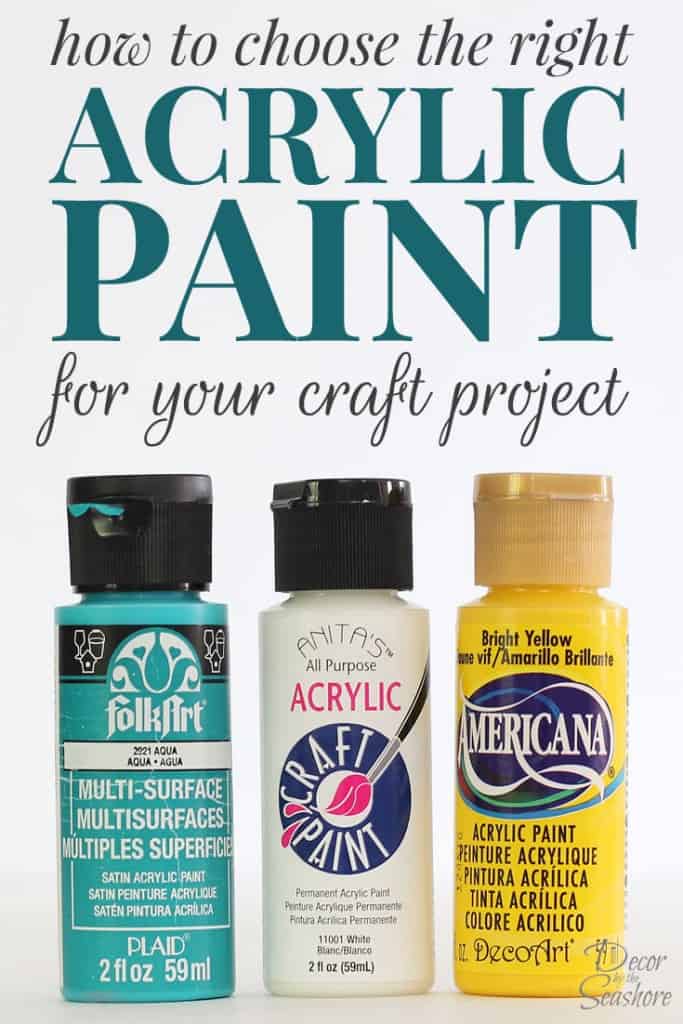
Exploring Color Options
One of the most exciting aspects of painting is selecting the perfect color scheme. The color you choose can significantly impact the mood, aesthetics, and overall ambience of a room. Here are some factors to consider when exploring color options:
Choosing the Right Color Scheme
Consider the existing decor, lighting, and ambiance of the space when selecting colors. Neutral colors create a timeless and versatile backdrop, while vibrant colors add energy and personality. Take into account your personal preferences and any specific themes or color schemes you want to achieve.
Testing Paint Samples
Don’t rely solely on paint chips or online images to choose your colors. Purchase small paint samples or test patches on the actual surfaces to evaluate how the colors appear under different lighting conditions. This will help you make an informed decision about the final color selection.
Considering Color Trends
While timeless and classic colors never go out of style, it can be inspiring to explore current color trends. Research interior design publications or consult with paint experts to stay updated on the latest color trends and find inspiration for your DIY project.
Remember, your choice of color is a personal decision that should reflect your style and preferences. Take your time to explore different color options and find the perfect shades that resonate with you.
Considering Specialized Paints
In addition to standard paints, various specialized paints cater to specific needs or surfaces. When considering specialized paints, here are some options to explore:
Ceiling Paint
Ceiling paints are specifically formulated to minimize spatter and provide a consistent finish. They are typically flat or matte in appearance and designed to help hide imperfections and reduce glare.
Bathroom and Kitchen Paint
Bathrooms and kitchens experience higher levels of humidity and moisture, making it essential to choose paints specifically designed for these areas. Bathroom and kitchen paints are moisture-resistant and offer improved durability and mildew resistance to withstand the unique demands of these spaces.
Exterior Paint
Exterior paints are formulated to withstand harsh weather conditions and protect your home’s exterior surfaces from UV rays, moisture, and other environmental factors. They offer superior durability, fade resistance, and long-lasting coverage.
Primer Paint
Primers provide a base coat that helps improve adhesion, coverage, and longevity of the topcoat. They are commonly used on bare surfaces, repairs, or surfaces with significant color differences. Consider using a primer to ensure the best results for your DIY project.
Chalkboard Paint
Chalkboard paint adds a unique touch to any space, allowing you to transform a wall or surface into a functional chalkboard. It provides a matte finish and is perfect for playrooms, kitchens, or office spaces.
Magnetic Paint
Magnetic paint contains magnetic particles that allow you to create magnetic surfaces, turning walls or furniture into interactive spaces. It provides a smooth finish and works well in children’s rooms, offices, or classrooms.
High-Temperature Paint
High-temperature paint is designed for surfaces that are exposed to extreme heat, such as fireplaces, grills, or radiators. This paint can withstand high temperatures without discoloration or peeling, ensuring the longevity of these surfaces.
Anti-Mold and Mildew Paint
Anti-mold and mildew paint contains special additives that inhibit the growth of mold and mildew. It is perfect for high-humidity areas prone to moisture build-up, such as basements, bathrooms, or laundry rooms.
Heat-Reflective Paint
Heat-reflective paint is formulated to reflect heat and reduce heat absorption, keeping surfaces cooler. This type of paint is often used on roofs, exterior walls, or surfaces exposed to direct sunlight, helping to lower energy costs and improve comfort.
When considering specialized paints, assess the specific requirements of your project and choose an appropriate paint that meets those needs. Specialized paints can often provide unique features and benefits that enhance the functionality and aesthetics of your DIY project.
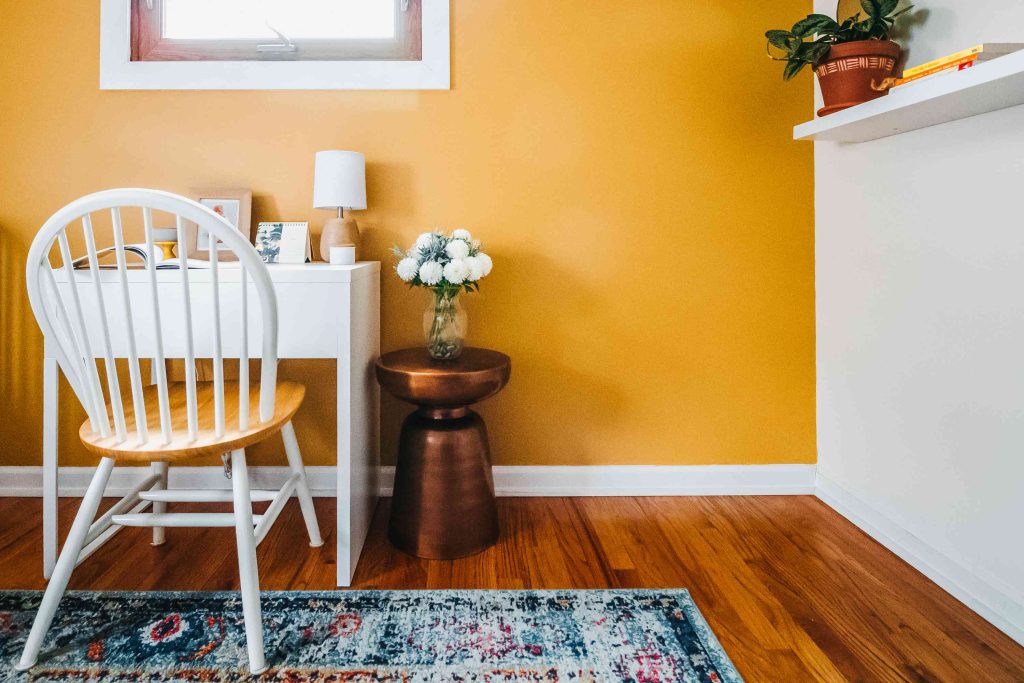
Examining VOC and Odor
The level of VOCs and odor emitted by paint can significantly affect indoor air quality and personal comfort. Here are some factors to consider in relation to VOC and odor:
VOC Levels
VOCs are chemicals released by paints as they dry, which can contribute to indoor air pollution and cause respiratory issues. Opt for low or zero VOC paints, as they have reduced levels of these harmful chemicals, promoting better indoor air quality and minimizing the environmental impact.
Odor
Strong paint odors can be unpleasant and cause discomfort during and after the painting process. Choose paints with low odor formulations, allowing you to paint without concerns about lingering smells or respiratory irritation.
Always consider the VOC levels and odor of the paint, especially if you or your family members are sensitive to chemicals or have respiratory conditions. By selecting low VOC and low odor paints, you can create a safer and more comfortable environment.
Researching Brand and Quality
When choosing paint for your DIY project, it is essential to consider the brand’s reputation and the overall quality of their products. Here are some factors to consider when researching brand and quality:
Reputable Paint Brands
Look for established and reputable paint brands that have a long-standing history of producing high-quality products. These brands often invest in research and development, ensuring consistency, durability, and customer satisfaction.
Quality and Reviews
Read reviews and customer testimonials to get insights into the quality and performance of specific paint products. Consider both positive and negative feedback to make an informed decision based on other customers’ experiences.
Warranty and Support
Consider the warranties or guarantees provided by the paint brand. Reliable brands often offer warranties or customer support, providing peace of mind in case of any paint-related issues or concerns.
By researching brand and quality, you can trust that you are investing in a paint that meets your expectations and delivers exceptional results for your DIY project.
In conclusion, choosing the best paint for your DIY projects involves considering various factors such as the type of paint, the surface to be painted, the desired finish, durability and longevity requirements, environmental impact, budget and cost considerations, color options, specialized paints, VOC and odor levels, as well as researching brand and quality. By carefully evaluating each factor and understanding your specific needs, you can select the perfect paint that will enhance the aesthetics and functionality of your DIY project. Happy painting!
